Discover the repoussé technique, an ancient metalworking method that creates unique relief designs. Used since...
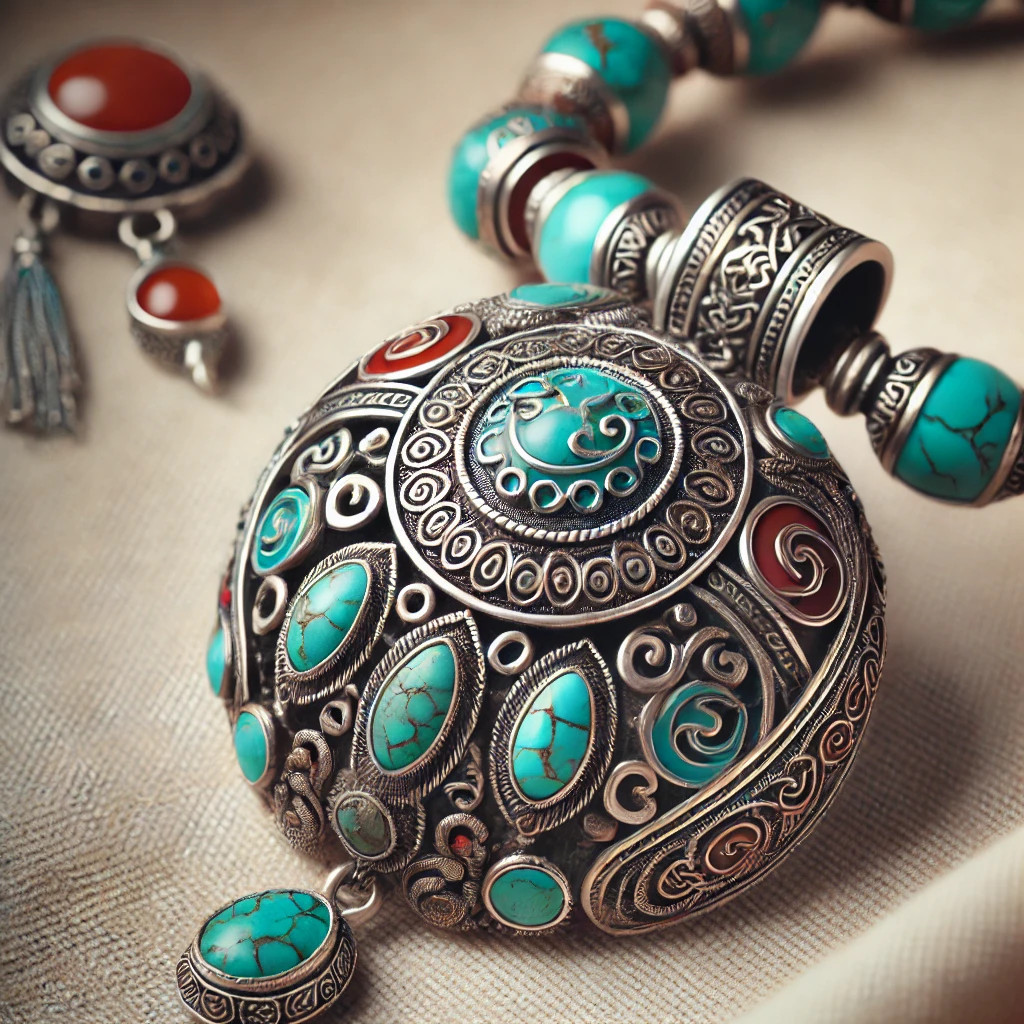
Jewelry in the Mongol Empire: Wealth, Spirituality, and Multicultural Influences
Jewelry in the Mongol Empire: Prestige, Spirituality, and Cultural Heritage
The Mongol Empire, led by iconic figures such as Genghis Khan and his descendants, left a lasting mark on history not only through its vast conquests but also through its cultural diversity and rich artistic traditions. Among these, jewelry played a vital role, reflecting not only wealth and social status but also spiritual beliefs and multicultural influences.
Materials and Techniques: The Wealth of the Steppes
The Mongols, being nomadic by nature, primarily used materials available in their vast territories or acquired through trade. Jewelry from the Mongol Empire was crafted using:
- Precious metals: Silver was the most commonly used, while gold was reserved for the most luxurious ornaments.
- Precious and semi-precious stones: Turquoise, coral, jade, and pearls were highly valued and often used to add color and symbolism to creations.
- Enamel and cloisonné: Sophisticated techniques, influenced by Chinese and Persian artisans, were employed to decorate the jewelry.
Mongol artisans displayed exceptional skill, combining engraving, filigree, and inlay work to create pieces that were both durable and intricate.
The Role of Jewelry in Mongol Society
Jewelry in the Mongol Empire was not merely decorative but carried deep significance, reflecting various aspects of Mongol life:
-
Social Status and Wealth
Mongol nobles and royal families wore lavish jewelry to display their power and opulence. Necklaces, bracelets, and earrings, often adorned with gold and precious stones, symbolized their rank. -
Spiritual Protection
Jewelry also served as amulets to ward off evil spirits and bring good fortune. For example, turquoise, ubiquitous in Mongol ornaments, was considered a powerful talisman. -
Celebration of Nomadic Traditions
Jewelry reflected the nomadic lifestyle, with motifs inspired by nature, such as mountains, rivers, and animals of the steppes. These themes were often engraved or represented in stylized forms.
Multicultural Influences: An Empire Open to the World
Through their vast conquests and control of the Silk Road, the Mongols integrated artistic influences from numerous cultures, including:
- Chinese Art: Techniques like enameling and the use of jade.
- Persian Goldsmithing: Elaborate floral and geometric patterns.
- India and the Middle East: Introduction of precious stones such as rubies and sapphires.
These exchanges enriched the styles and techniques of Mongol jewelry, making it unique in its diversity.
Women’s Jewelry: Elegance and Tradition
Mongol women, especially those of noble classes, wore elaborate jewelry that highlighted their beauty and status. Hairstyles were adorned with tiaras, pearls, and intricate pendants, often tied to tribal traditions. Large earrings and necklaces served as clear markers of their social standing and affiliation.
Heritage and Contemporary Influence
Today, Mongol jewelry continues to inspire modern designers, particularly through:
- Its strong symbolism: The use of spiritual and natural motifs.
- Its unique aesthetic: A balance between nomadic simplicity and detailed richness.
Contemporary artisans reinterpret these traditions to create pieces that celebrate this legacy while catering to modern tastes.
Conclusion: Jewelry as a Reflection of an Empire
Jewelry from the Mongol Empire represents far more than mere adornment: it is a reflection of a rich culture, a nomadic lifestyle, and an empire that embraced influences from across the world. These pieces testify to the artistic refinement and cultural openness of a civilization that, despite being warrior-like, always valued art and cultural expression.
? Want to learn more about jewelry inspired by history? Discover our creations at https://thurcolas.com

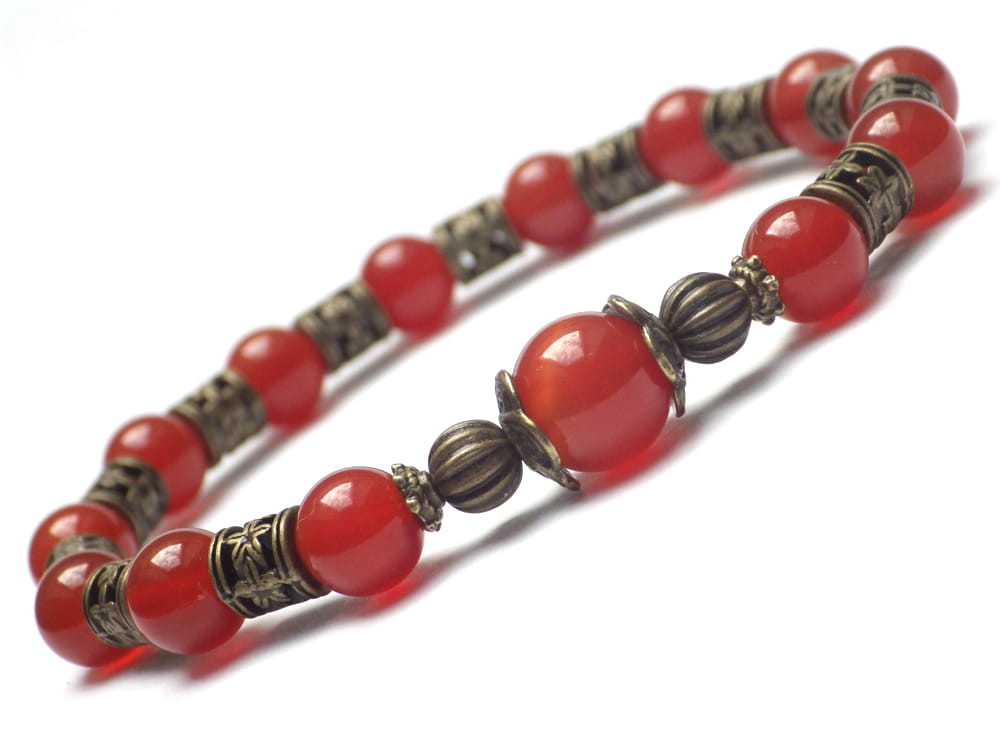
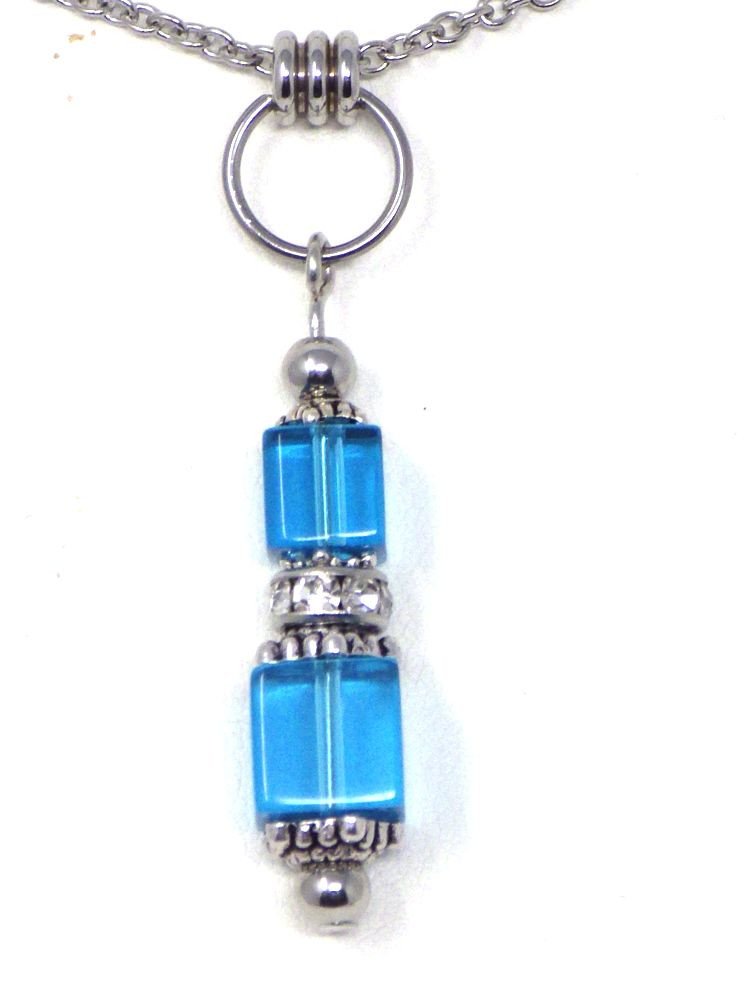
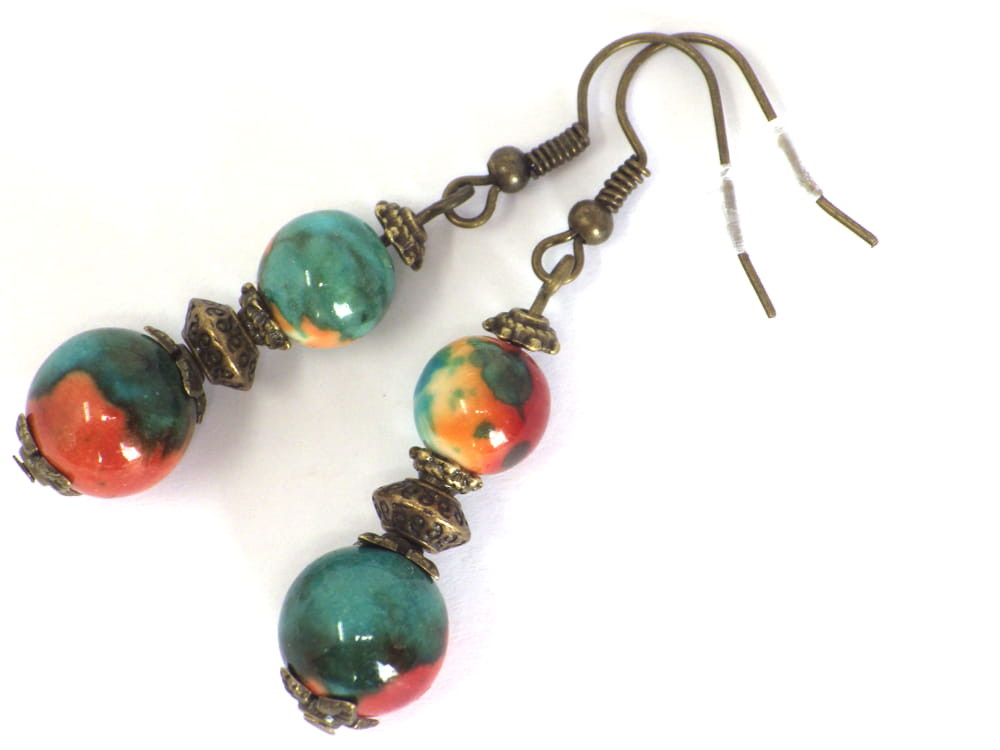

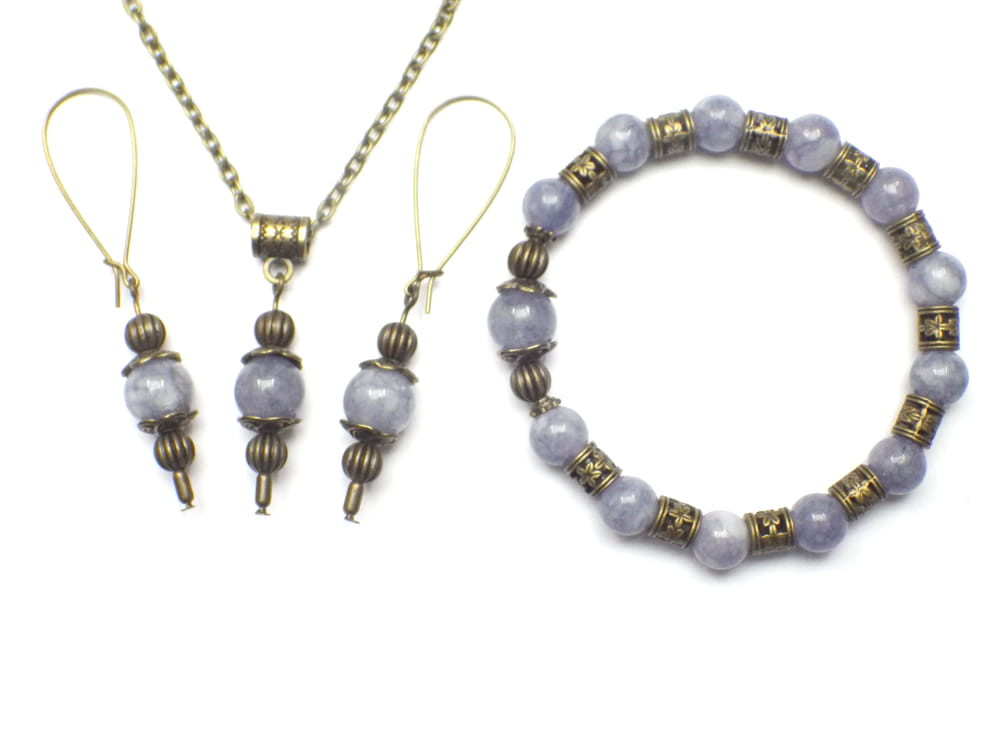
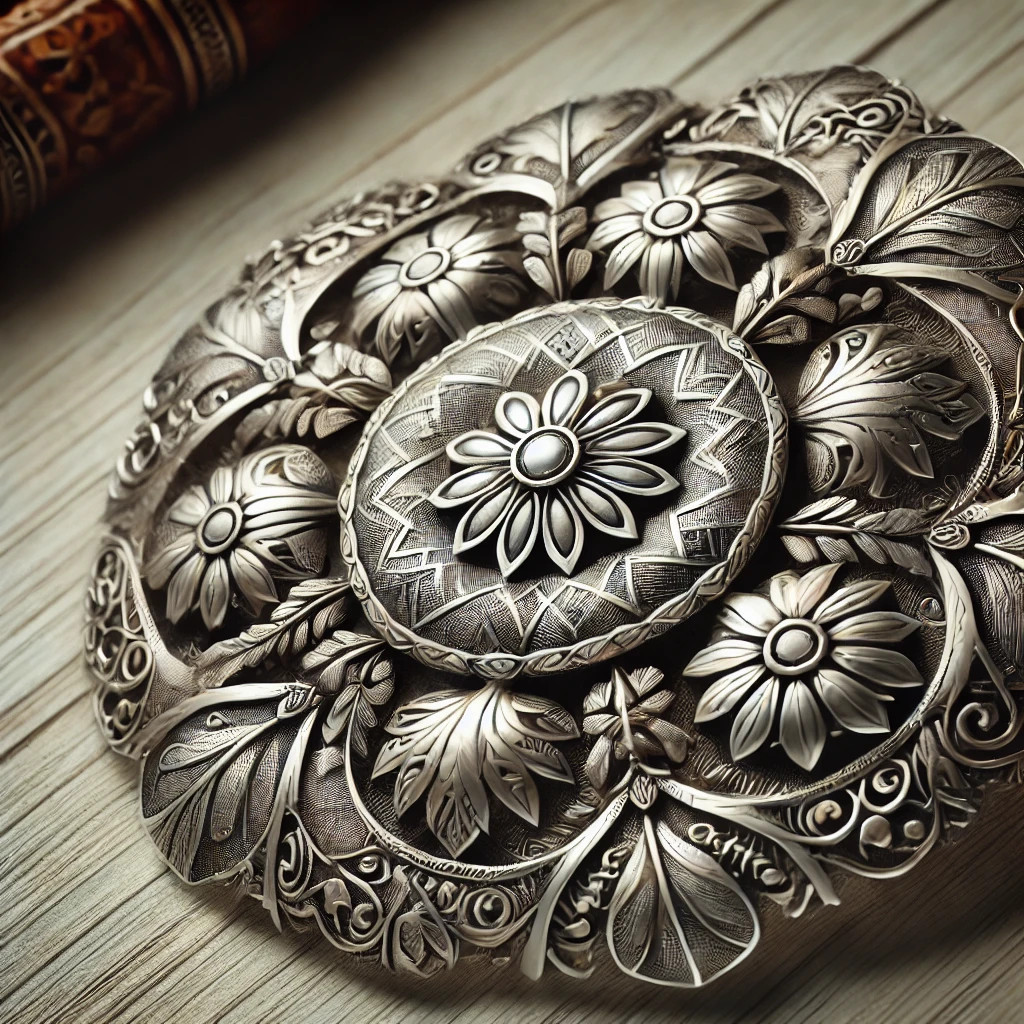
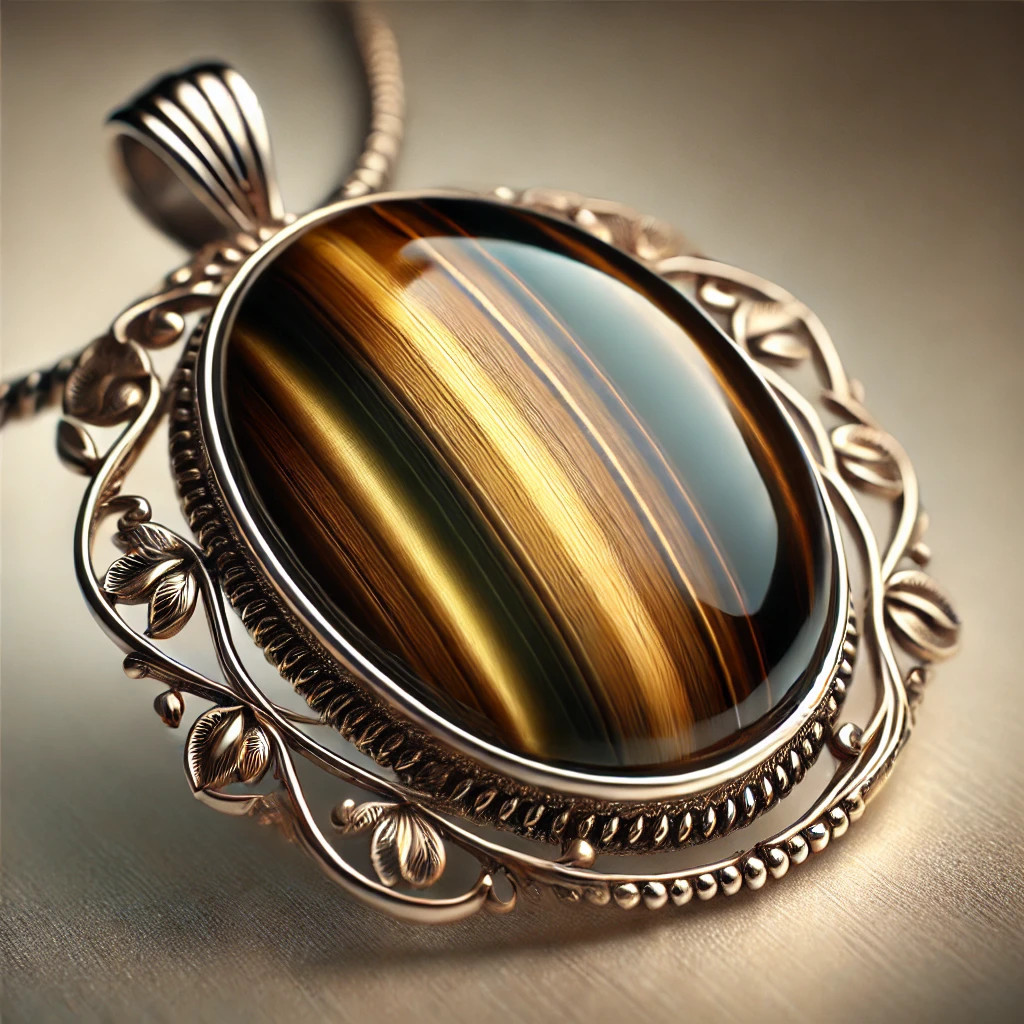
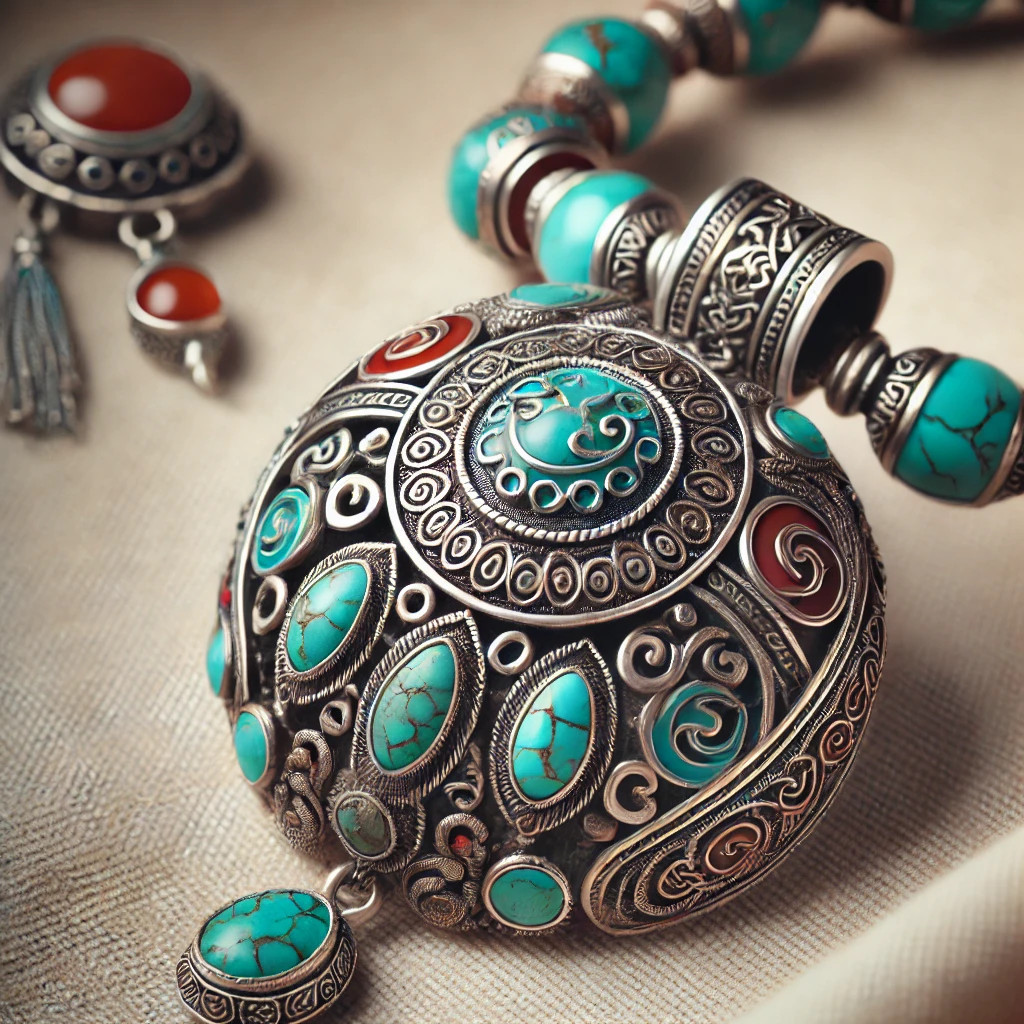
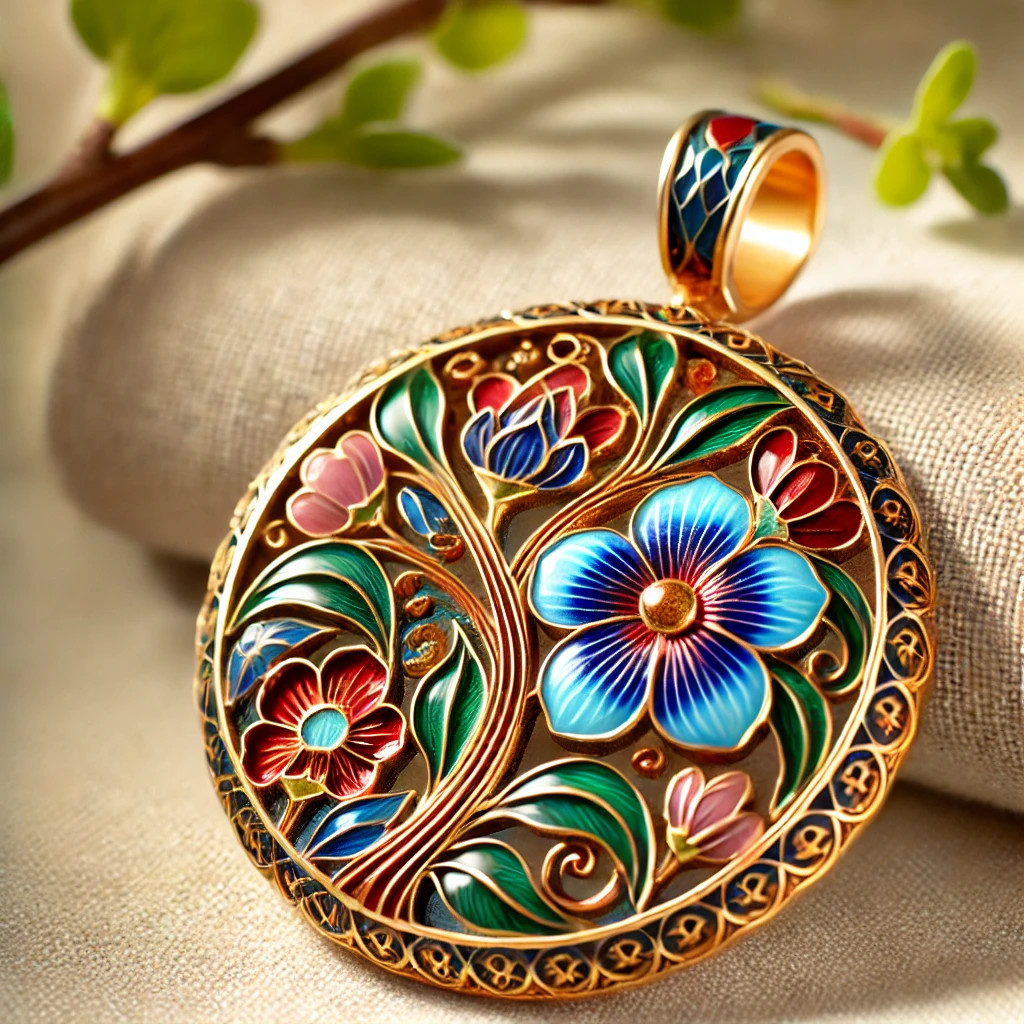

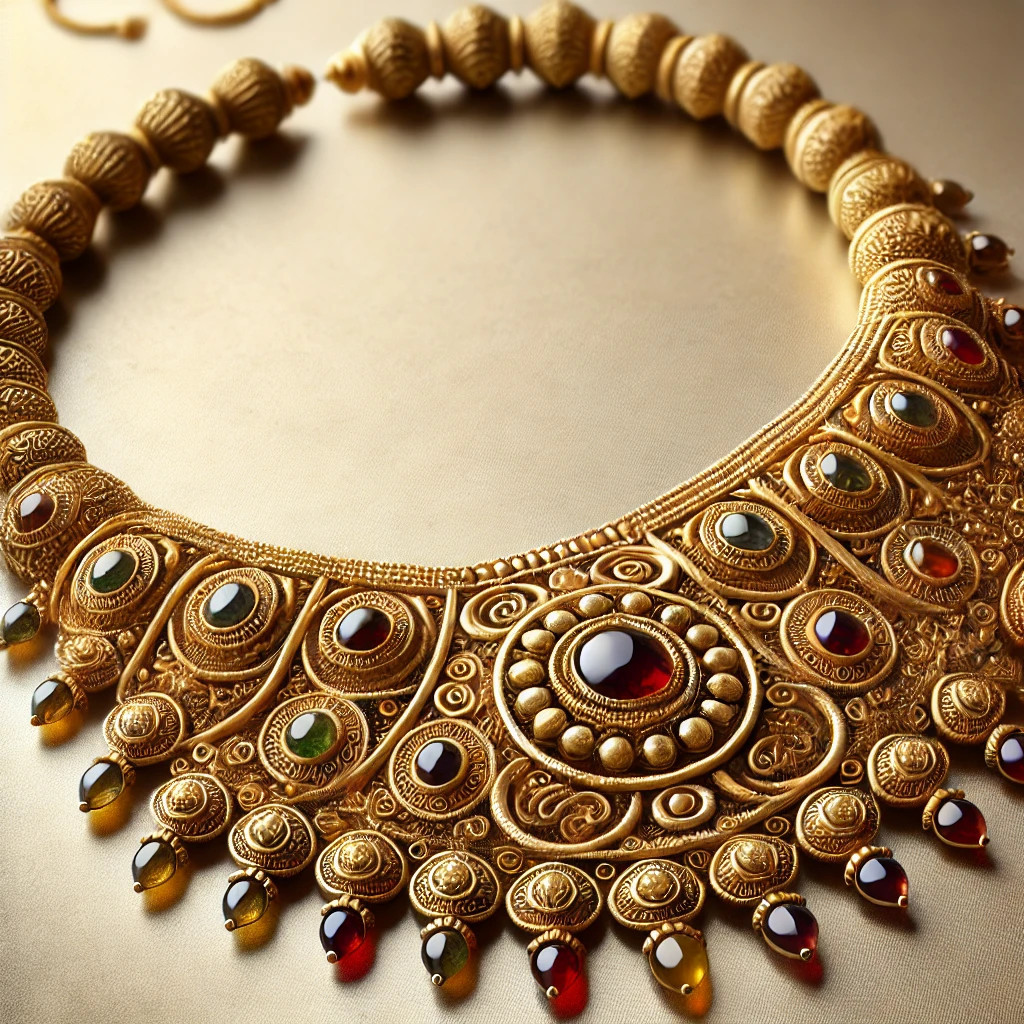
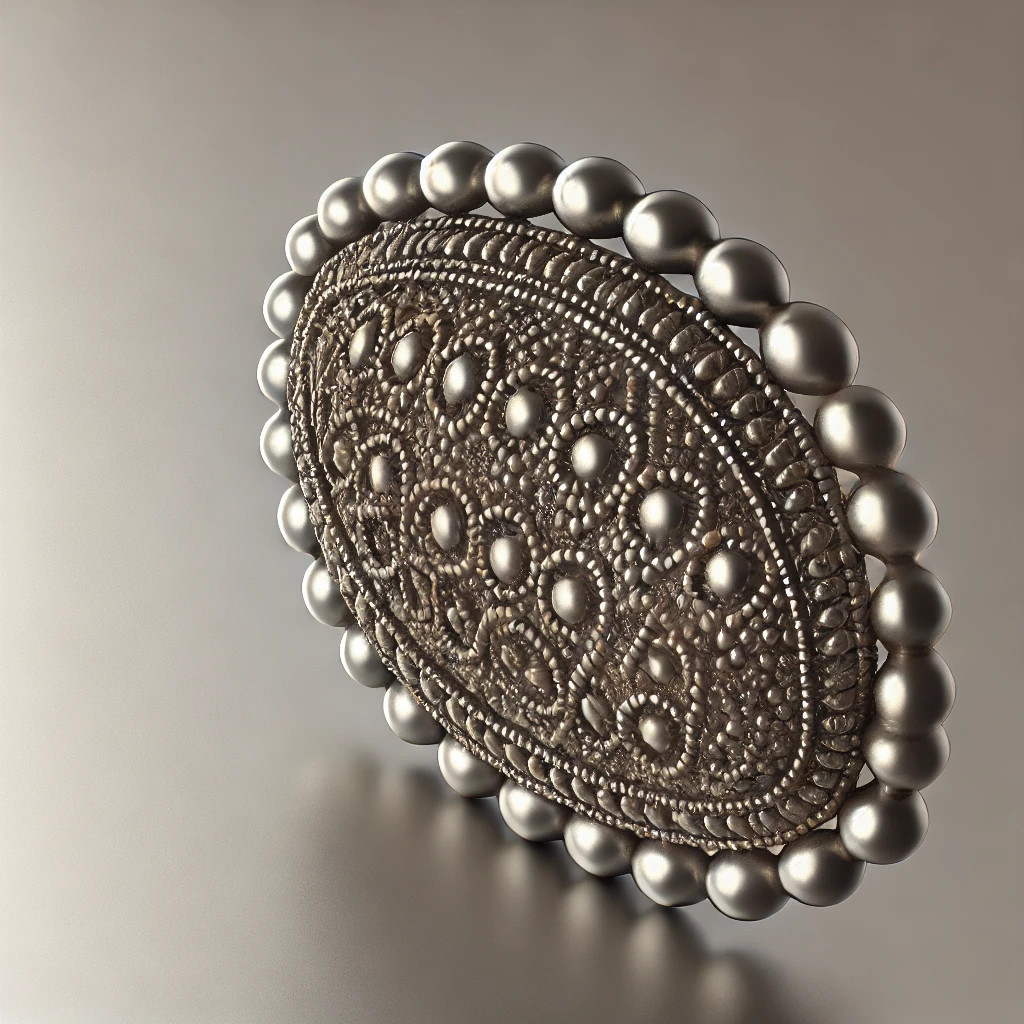

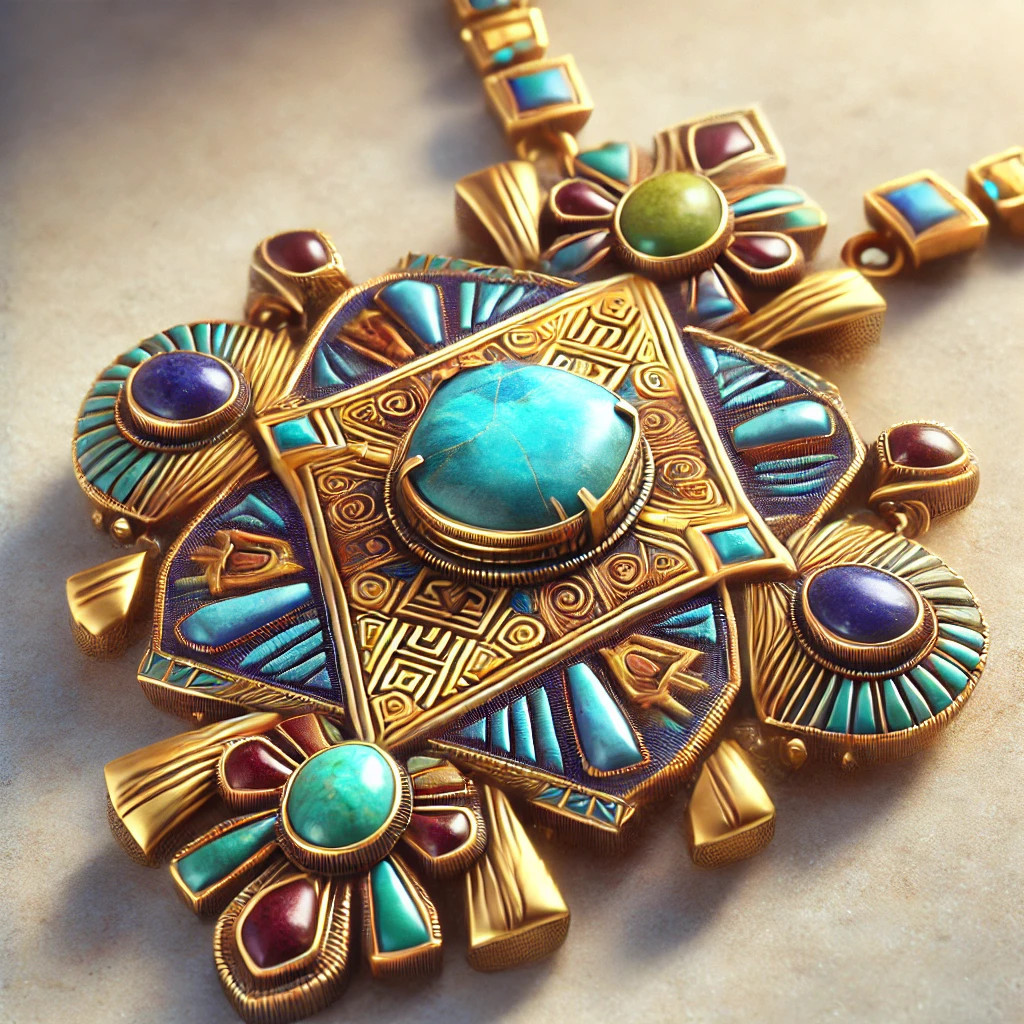



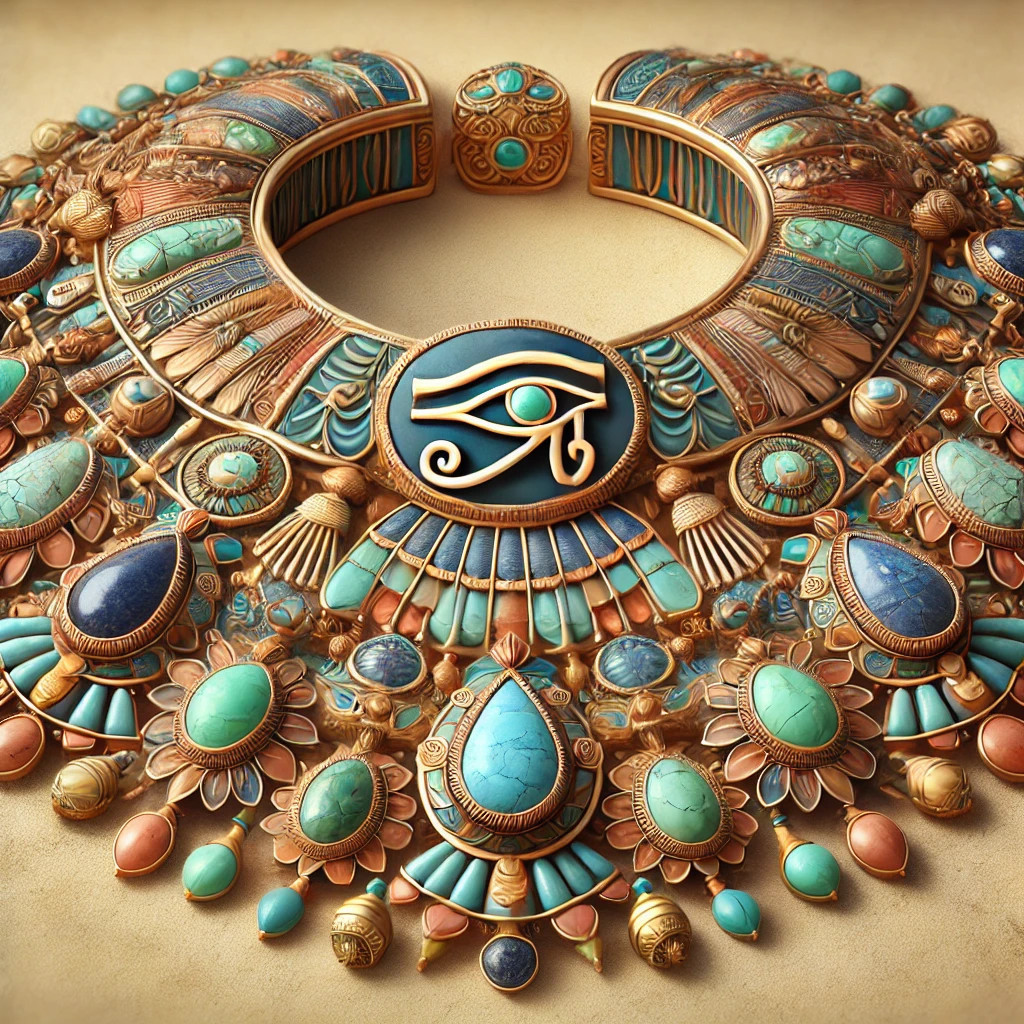

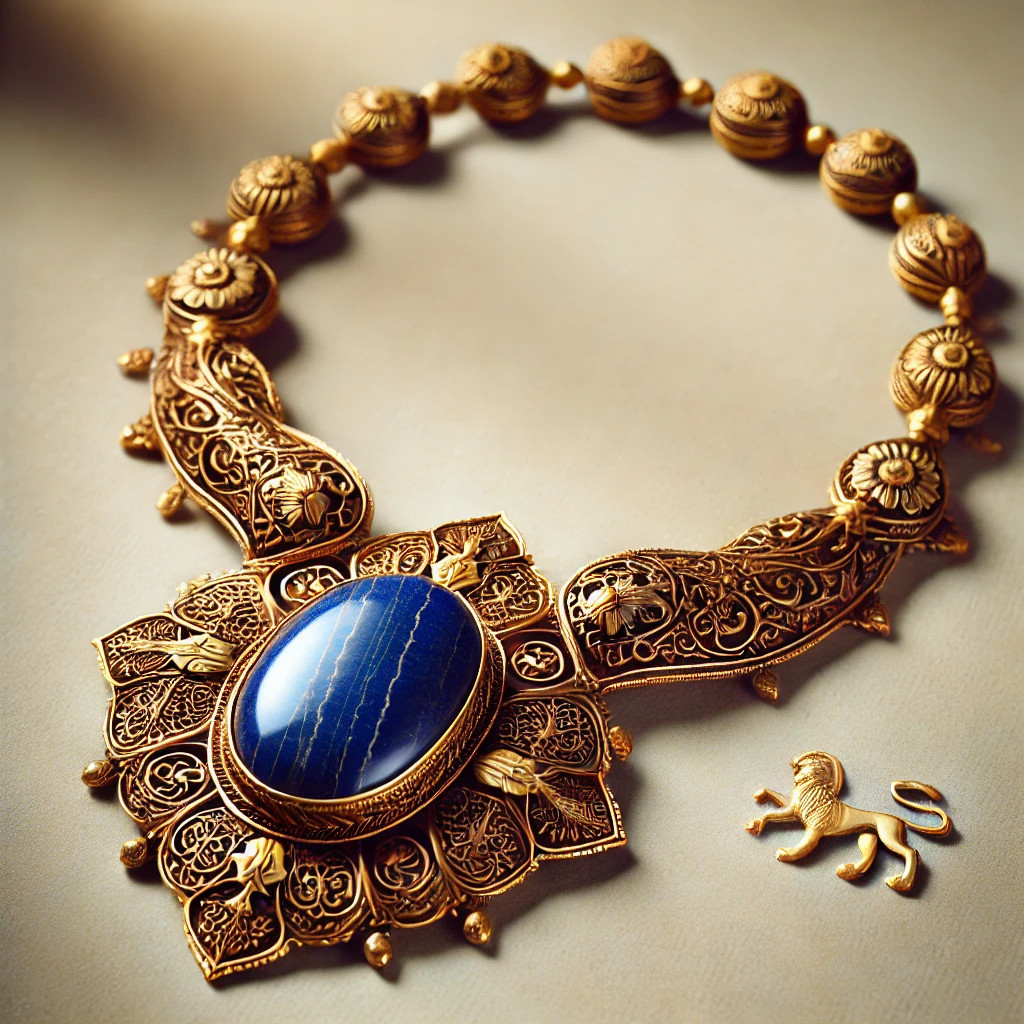
Leave a comment
Comments
Very rich and interesting article
By: Reighlynn Jacops On 2024-12-02Very rich and interesting article
Very interesting article
By: Karver Landgrave On 2024-11-28Very interesting article